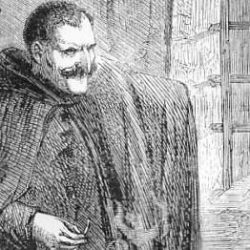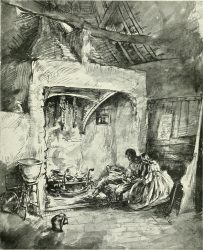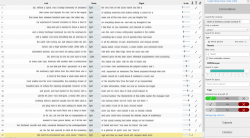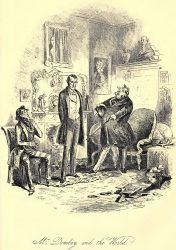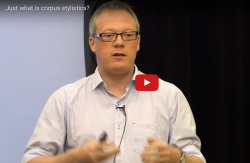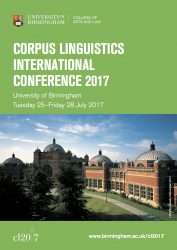In this guest post, Colette Ramuz (Royal Holloway) explores textual patterns related to the mouth in a subsection of the CLiC corpus of Dickens’s Novels. She argues that the use of digital tools can help advance our understanding of Dickens’s representations of embodiment and sexuality. It is a commonplace that sexuality was considered a taboo topic … Continue reading “Finding the biting point: Desire and biting males in Dickens’s ‘The Pickwick Papers’ and ‘The Old Curiosity Shop’”
Category: Research
On Kitchens, Keywords, Key Clusters, and Concordances: Re-examining Eating and Drinking in Emily Brontë’s Wuthering Heights
Maya Sfeir (@mmsfeir on Twitter) is a Lecturer based in Beirut, Lebanon. Her research interests focus on examining and understanding the literary-linguistic interface. Her blog post was inspired by a conversation about Emily Brontë and anorexia that she had with one of the attendees of the Corpus Linguistics Summer School held at the University of … Continue reading “On Kitchens, Keywords, Key Clusters, and Concordances: Re-examining Eating and Drinking in Emily Brontë’s Wuthering Heights”
Is there light in the heart of darkness?
Lorenzo Mastropierro (@Lo_Mastropierro on Twitter) is a Teaching Associate in Literary Linguistics at the University of Nottingham. Lorenzo is the Assistant Editor for the International Journal of Corpus Linguistics. He has recently published his monograph Corpus Stylistics in Heart of Darkness and its Italian Translations. Now Heart of Darkness is also available in CLiC and … Continue reading “Is there light in the heart of darkness?”
CLiC and Dickens’s not-so-conspicuous techniques of characterisation: Reporting verbs
Pablo Ruano San Segundo (@pablo_uex on Twitter) is a Lecturer at the University of Extremadura, Spain. He is a member of the CLiC Dickens Advisory Board and is an expert on reporting verbs in Dickens’s novels. In this post Pablo shares how he uses CLiC in his research. The creation of Dickens’s most memorable characters … Continue reading “CLiC and Dickens’s not-so-conspicuous techniques of characterisation: Reporting verbs”
CLiC guest post on the ‘Programming Historian’ blog about the ‘fireplace pose’ in 19th century fiction
We are very pleased to announce a CLiC guest post on the PH blog, the blog accompanying the widely popular Programming Historian (PH) digital tutorials. In our guest post, we explain how the KWICGrouper feature in CLiC can be used to explore textual patterns that are shared across novels and point to socially and culturally relevant behaviours and … Continue reading “CLiC guest post on the ‘Programming Historian’ blog about the ‘fireplace pose’ in 19th century fiction”
Corpus Stylistics at CL2017
As promised in our recent post on the conference season, we participated in the CL2017 conference at the University of Birmingham (one of our home institutions!) last week. The conferences in the CL series bring together researchers from all areas of corpus linguistics and provide an opportunity to see how corpus methods are applied in so … Continue reading “Corpus Stylistics at CL2017”
Quick update from the CLiC Dickens team: conference season
Like many other academics, the CLiC Dickens team is currently busy preparing for a variety of events and conferences over the summer. We will both show how to use the CLiC web app and present insights that we have gained from using CLiC as a research tool ourselves. So the coming weeks will be exciting! … Continue reading “Quick update from the CLiC Dickens team: conference season”
Video: Professor Peter Stockwell discussing the interface of corpus stylistics and cognitive poetics
In this short video, Professor Peter Stockwell, CI on the CLiC Dickens project, discusses the opportunities of using corpus stylistic techniques to interrogate cognitive poetic insights. He gives the example of using corpus linguistic methods to identify textual evidence spread across a text for the cognitive poetic notion of ‘mind-modelling’. If you’re interested in this particular line … Continue reading “Video: Professor Peter Stockwell discussing the interface of corpus stylistics and cognitive poetics”

